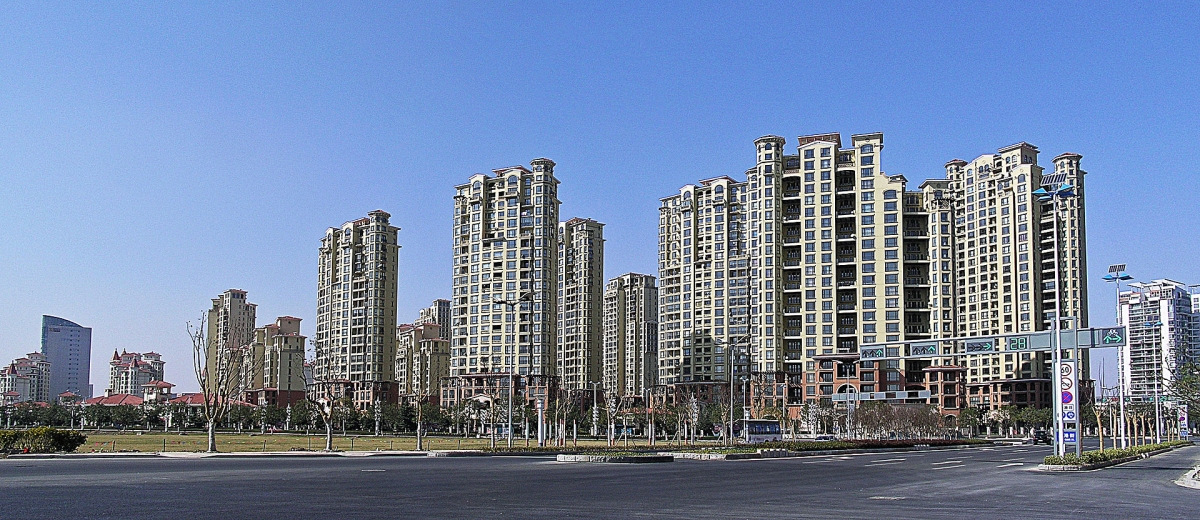
China's property market to rebound in H2 2019
Over 36,000 new houses were sold in 30 cities in mid-June.
The pessimistic expectations towards China’s property market have begun to taper off with improved funding channels forecasted for H2 2019, a report by UOB Kay Hian (UOBKH) revealed.
Whilst the growth rate for fund sources dropped 15.4pp MoM in May on the back of a decline in outstanding sales and an industry downturn, it still witnessed a marginal 3% YoY increase, according to UOBKH analyst Nick Liu Sun Liang, Overall und sources increased 7.6% YoY from January to 19 May, but went down by 1.3pp from January to 19 April.
Also read: China's home property market to grow 3.4% through 2028
Amidst a slight financing crunch in May as a slowdown in fund inflow occurred, transaction volumes rebounded, with 36,166 new houses sold in 30 cities in mid-June.
“This is a 15.2% rise from the weekly average of 31,399 last year and a 22.3% decrease from the weekly average of 29,569 YTD. Total transaction area was at 3.86 million sqm, up 19.6% wow and 8.6% YoY,” Liu noted, adding how this further represented a 16.7% increase from the weekly average of 3.3 million sqm in 2018.
From January to May, investments in property development increased by 11.2% YoY, with construction for commercial housing in terms of area edged up 10.5% YoY during the same period.
Second-hand housing transactions also increased, as 1.98 million sqm of second-hand houses were sold in 14 main cities, UOBKH noted. Second-hand housing transactions totalling 1.5 million sqm in 10 tier-1 and tier-2 cities increased 5.6% wow, whilst transaction volumes stood at 29.22 million sqm YTD, down 1.7% YoY.
Against the backdrop of the market downturn in May 19, Liu noted that the sales performances of the top 50 developers were better than the industry average, showing strong resistance against market volatility, which again proves that the trend of industry concentration has not changed. Declining sales are forecasted to ease policy pressures and associated policy tightening nay take a pause. Throughout the year, demand from tier-1 and -2 cities has maintained steady growth. Also, amidst the trade war, real estate demand remains stable.
“The land market is still hot, and the premium rate remains above 25%. However, the land market may start to cool down due to tightened regulations in some “hot” cities such as Suzhou,” Liu said.
Overall, the report highlighted that the scale of debt issuance of developers continues to expand, and easing pressure from debt maturities have developers willing to engage in continued financing. “With the improvement of sales volumes at the beginning of the year, the market expectations towards the property market are looking up, although developers will see a peak in bond maturities in 2019,” Liu commented.
























 Advertise
Advertise






